Automatic alignment and fusion of medical data from different imaging systems and modalities (CT, MRI, PET, PET, SPECT, portal images, fundus camera). The particular research area concerns the development of algorithms for fully automatic, exhaustive registration models (based on the intensity or the geometrical properties of image points), semi-automatic alignment (mainly based on manually defined markers), automatic surface alignment, automatic alignment using color distributions and automatic alignment using elastic models.Research mostly focuses on the development and improvement of the key-component of any image alignment technique, namely its optimization method (Downhill Simplex, Powell’s optimizer, Gradient Descent, Simulated Annealing, Genetic Algorithms, etc.). Aligned medical imaging data are fused (presented on the same visualization and coordinates system), using a variety of methods, such as simple morphological operators, logical operators, pseudo-coloring and classification techniques. Integrated medical image alignment and fusion solutions are deployed in clinical environments, thus providing an immediate, clear and easy to understand comparison of imaging data acquired at different time intervals, or using different acquisition techniques (multimodal data).
Alignment of CT data from a periodontal tissue prosthesis study. An automated registration technique is applied to align the patient’s preoperative and postoperative imaging data. The 3D images of the data before and after alignment are shown (red model corresponds to the preoperative data and blue model to the postoperative data).

